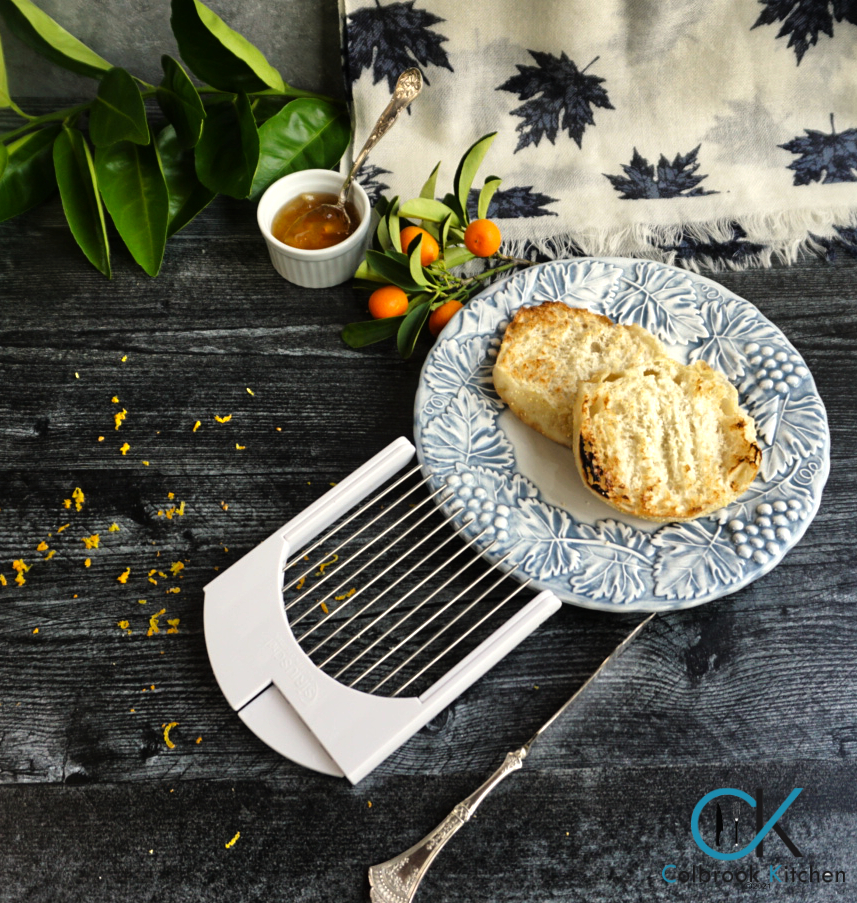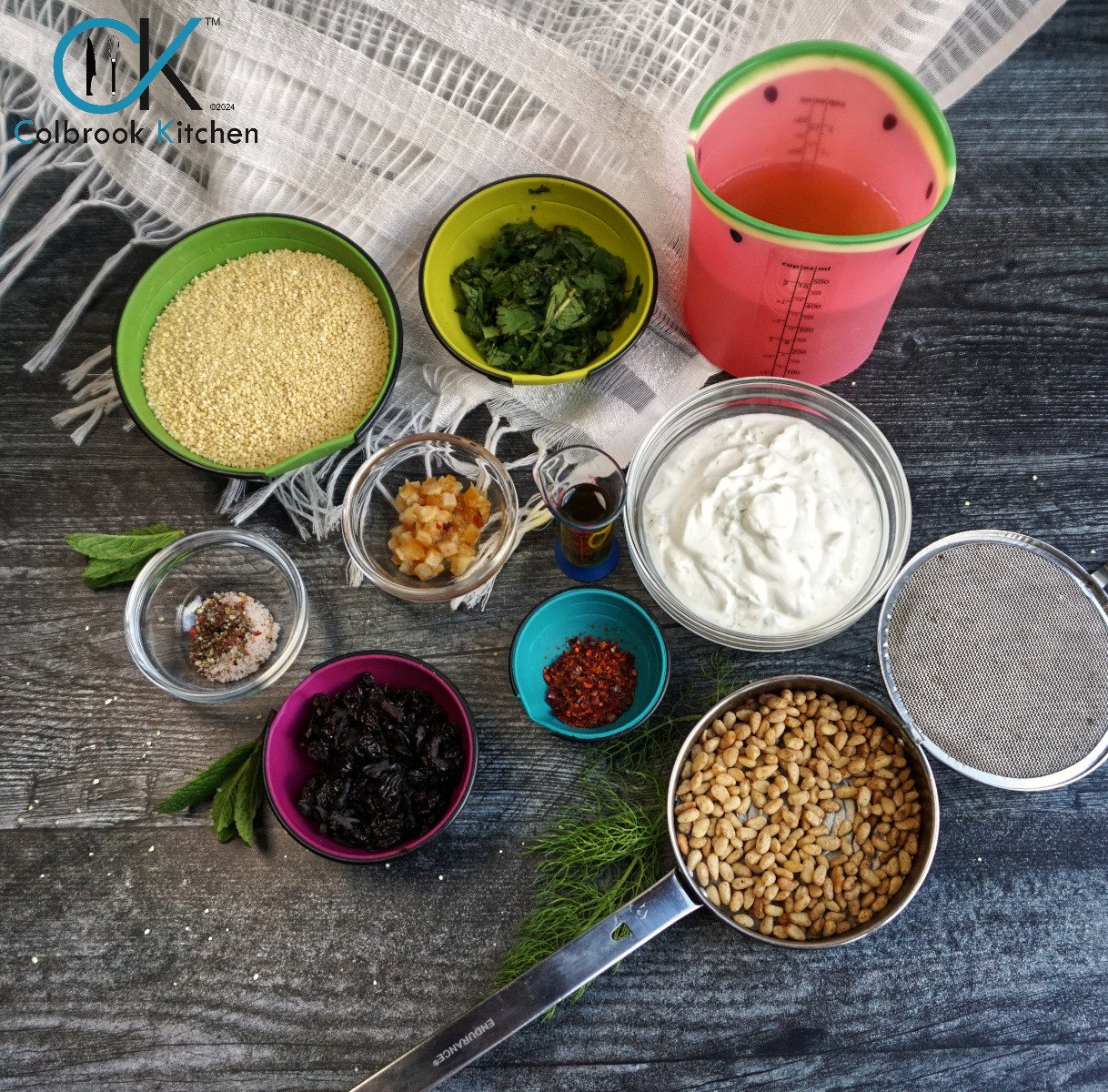Cool Tip: Debloat Your Vegetables Before Cooking
- Jun 24, 2015
Many of our favorite vegetables have a high water content: zucchini, cucumbers, eggplant (OK: my fave, but not Piper’s!), and more. And if you try to cook them just as they come in from the garden, that extra water will effectively poach the vegetable, turning it into a soggy, tasteless (or, worse, bad tasting) mess, and it will dilute any sauce or dressing you try to serve with it. So you need to remove a significant percentage of that water, and you do that with salt.
First a word on the salt: in this technique we prefer using kosher salt. Its original purpose was meat curing and its larger, somewhat flat, crystals absorb more liquid, without adding the additional mineral flavors found in sea salts or volcanic salts. This technique is for preparation: cooking and finishing with additional flavors - including salt - are separate considerations.
The point of this technique is to let the salt open-up the cells of the vegetable so the extra water can leach out. We could discuss “osmosis” here but that could get way too scientific! Suffice it to say, the salt softens your vegetables to release more flavor, while minimizing the amount of absorption going back into the veg. After about 15 minutes (or more), you’ll see water beading up on the surface, and then you blot it off with towels - think eggplant slices, that won’t get greasy - or drain it in a colander - think pasta-like julienned zucchini in Zucchetti alla Colbrook (pictured above). At the end of this process - and “how long?” is a judgment call, based upon the type and freshness of your vegetables - you’ll rinse off the excess salt and have delicately delicious vegetables to use in your recipe.
Enjoy!
First a word on the salt: in this technique we prefer using kosher salt. Its original purpose was meat curing and its larger, somewhat flat, crystals absorb more liquid, without adding the additional mineral flavors found in sea salts or volcanic salts. This technique is for preparation: cooking and finishing with additional flavors - including salt - are separate considerations.
The point of this technique is to let the salt open-up the cells of the vegetable so the extra water can leach out. We could discuss “osmosis” here but that could get way too scientific! Suffice it to say, the salt softens your vegetables to release more flavor, while minimizing the amount of absorption going back into the veg. After about 15 minutes (or more), you’ll see water beading up on the surface, and then you blot it off with towels - think eggplant slices, that won’t get greasy - or drain it in a colander - think pasta-like julienned zucchini in Zucchetti alla Colbrook (pictured above). At the end of this process - and “how long?” is a judgment call, based upon the type and freshness of your vegetables - you’ll rinse off the excess salt and have delicately delicious vegetables to use in your recipe.
Enjoy!






